The Rise of Modern Witchcraft: How Millennials and Gen Z Are Embracing Wicca, Witchcraft, and the Mystical Arts
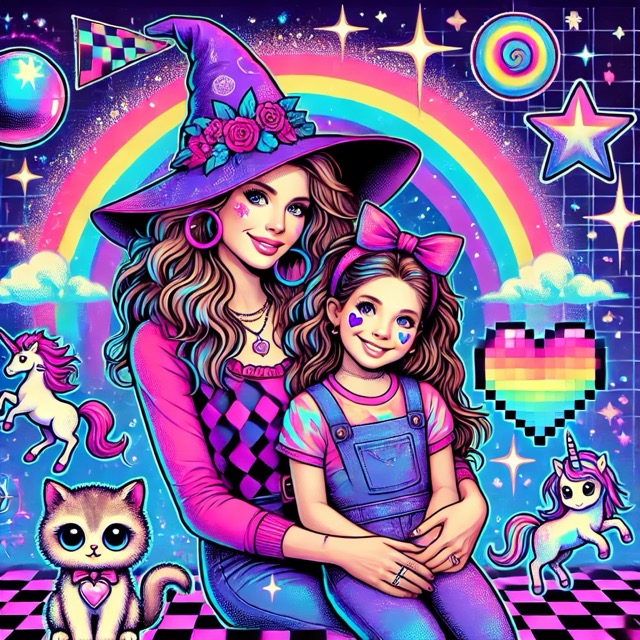
In recent years, the acceptance and appeal of witchcraft, Wiccan practices, and other mystical arts have surged among Millennials and Gen Z. This isn’t simply a passing trend; it’s the natural outcome of a generation raised on mystical media, with influences from both their own upbringing and their parents’ generation. Facing uncertain times and social challenges, they’re turning to alternative spiritualities to find a meaningful, empowering connection with the world around them.
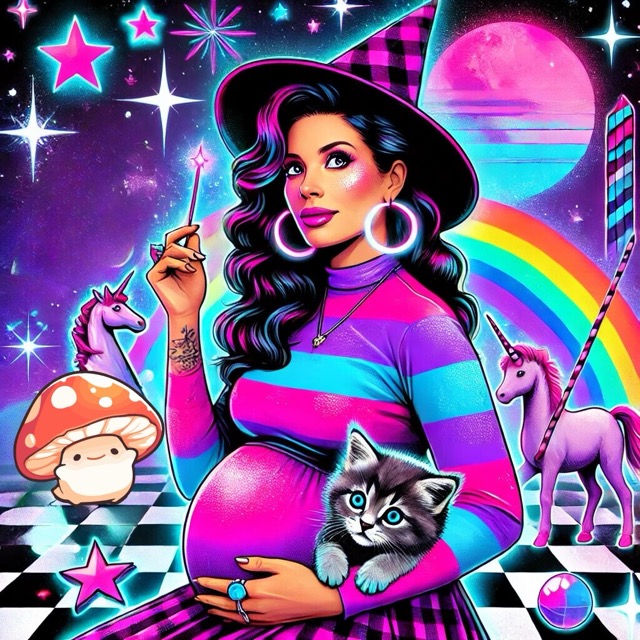
What Is Wiccan Practice?
Wicca, a modern pagan religion rooted in nature worship and ancient rituals, centers around reverence for the Earth, the cycles of the moon, and the practice of “white magic” or benevolent spellwork. Developed in the 1950s by Gerald Gardner, Wicca is often seen as one of the many spiritual paths that today’s self-identified “witches” embrace. It includes rituals, spells, seasonal celebrations, and a deep respect for the natural world, particularly as expressed through the cycles of birth, growth, and decay.
Unlike stereotypical images of witches casting curses, Wicca emphasizes balance, healing, and harmony with nature. Many practitioners also honor the Goddess and God (often seen as symbolic of the divine feminine and masculine) or other deities from ancient mythologies, incorporating them into personal rituals that foster empowerment, healing, and self-discovery.
What Is a Witch Today?
In today’s world, a witch is often anyone who embraces spiritual practices outside the framework of traditional, organized religion. While “witch” once conjured images of broomsticks and cauldrons, it now represents something much more nuanced: a person, often a woman, who seeks empowerment and healing through nature, ritual, and self-reflection. This could mean using herbal remedies, performing rituals under the full moon, or practicing forms of divination like tarot or astrology.
Contemporary witches emphasize ecological awareness, sustainable living, and self-care practices that align with cycles of nature. Rather than spell-casting in the Hollywood sense, their magic might look more like intentional journaling, ritualized self-care, or connecting with the divine feminine through meditation and ritual.

The Role of Witch Media Across Generations
The fascination with witches didn’t start with Millennials and Gen Z. The parents of these generations—Baby Boomers and Gen X—grew up with television shows like Bewitched (1964–1972), which featured a charming housewife, Samantha Stephens, who just happened to be a witch. Shows like Bewitched introduced audiences to a likable, relatable witch, softening the stereotypical image of witches as sinister, dark figures. The appeal continued with later shows like I Dream of Jeannie, which, while not about witches, contributed to a cultural fascination with women who possessed “magical” powers.
Bewitched and similar shows subtly shaped cultural perceptions, showing that witches could be both mystical and integrated into society. This laid the groundwork for Millennials and Gen Z to grow up with their own witch-centric media, such as Sabrina the Teenage Witch, Buffy the Vampire Slayer, The Craft, Halloweentown, and Harry Potter. These stories cast witches as empowered, complex characters who used their powers for both self-discovery and social justice, further normalizing the idea of “everyday” witches who embraced their unique identities.
As these Millennial and Gen Z “little witches” grew up, they became changemakers in media and culture. Today, they’ve reintroduced these ideas into the mainstream, reimagining witches not as outliers but as empowered individuals connected with nature, community, and self-empowerment.
Witchcraft as Empowerment Amid Social and Political Shifts
One significant driver behind the modern witchcraft resurgence is the rise in women reclaiming their power amid political and social challenges. In the United States and elsewhere, reproductive rights and bodily autonomy are increasingly threatened, leaving many women searching for ways to reclaim agency over their lives and bodies. Witchcraft, especially Wiccan practices, offers an accessible framework for bodily autonomy, self-empowerment, and healing.
Wiccan rituals often encourage women to align with the cycles of the moon and seasons, deeply connecting with the rhythms of their own bodies. These practices can feel especially empowering during times when external systems attempt to restrict women’s choices. The archetype of the witch has become a rallying point in modern feminism, symbolizing autonomy, independence, and power.

Witchcraft as Healing in Times of Crisis
Amid rising healthcare costs and limited access to reproductive care, many are turning to herbalism and natural healing—core tenets of Wiccan practice. Traditionally, witches were herbalists and midwives, community healers who used plants and natural remedies to treat ailments. This return to nature-based healing feels especially relevant to women seeking alternative support for reproductive health issues that may be overlooked by conventional medicine. The current revival of witchcraft offers both physical and spiritual solace to those who feel underserved by modern healthcare systems.
For many, adopting a “witch” identity also brings community. Witchcraft in the modern era is largely communal, with online groups, meetups, and social media connecting practitioners who may have once felt isolated. These communities create spaces where people can explore themes like shadow work, self-care, and empowerment while exchanging healing knowledge rooted in both ancient practices and contemporary science.
Social Media’s Role in the Modern Revival
Platforms like TikTok, Instagram, and YouTube have made it easier than ever to share and learn about witchcraft practices, with influencers offering tutorials on everything from tarot readings to moon rituals. This accessibility has demystified witchcraft, making it feel like a natural, powerful way to connect with oneself and others. Whether it’s sharing spells for self-love, journaling prompts for inner healing, or new moon rituals, social media has transformed witchcraft into a practice anyone can explore, allowing a new generation to experiment with and personalize these spiritual practices.
Moreover, social media has revealed the diversity of witchcraft traditions, showcasing practices across cultures and lineages and broadening our understanding of what it means to be a witch today. As Millennials and Gen Z share their modern interpretations of witchcraft, the tradition becomes a living, evolving practice that reflects the unique needs and challenges of the current age.
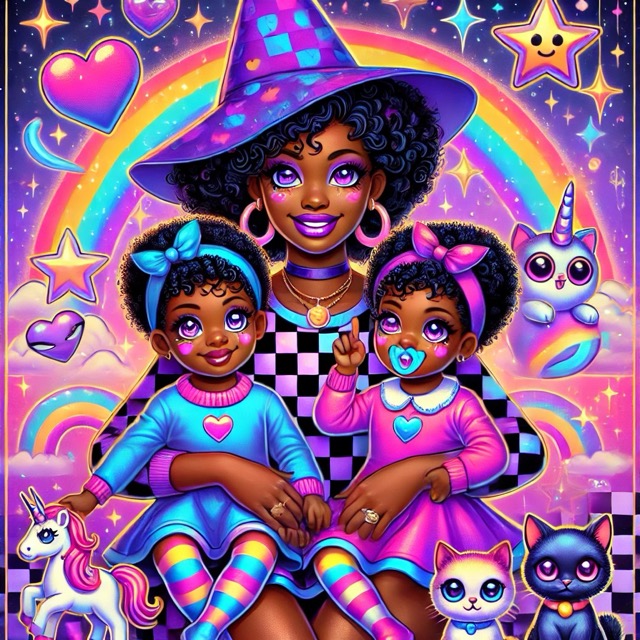
Witchcraft as a Response to Modern Discontent
The resurgence of witchcraft represents a profound shift toward reclaiming ancient wisdom, connecting with the natural world, and finding personal power amid a turbulent political and social landscape. By embodying the archetype of the witch, today’s practitioners are not only honoring an ancient legacy but also forging a new path of spirituality rooted in empowerment, connection, and resilience.
For many, witchcraft offers something that organized religion and conventional society may not: the freedom to define their own spiritual journey, embrace their power, and find healing on their own terms. Through this rise in modern witchcraft, Millennials and Gen Z are transforming the ancient practice of witchcraft into a form of empowerment, community, and self-discovery that is uniquely attuned to the demands of the modern world.
Final Thoughts
The modern witch is a botanist, a healer, a feminist, and a spiritual seeker. This revival is far from a passing trend; it’s the inevitable unfolding of a cultural movement toward autonomy, unity, and self-empowerment. With shows like Bewitched and Sabrina laying the cultural groundwork, the allure of witchcraft has now blossomed into a mainstream phenomenon. And as these “little witches” grow into “big witches” and share their wisdom, they bring a potent form of magic into the world—one that celebrates both ancient knowledge and modern empowerment.

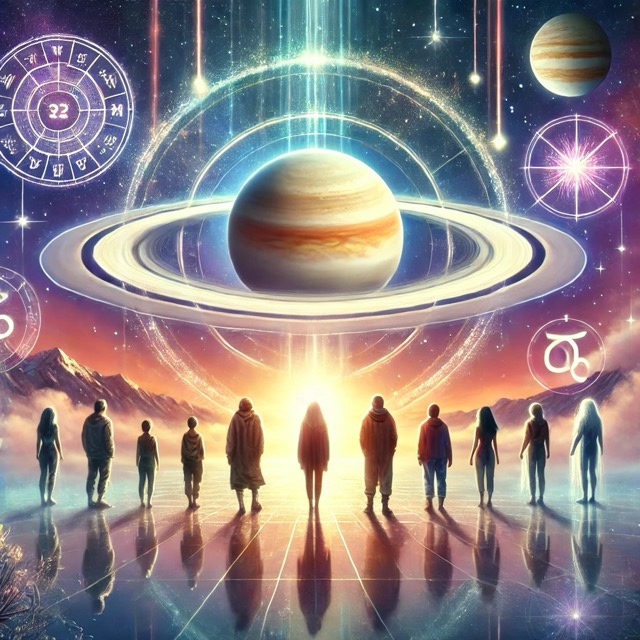

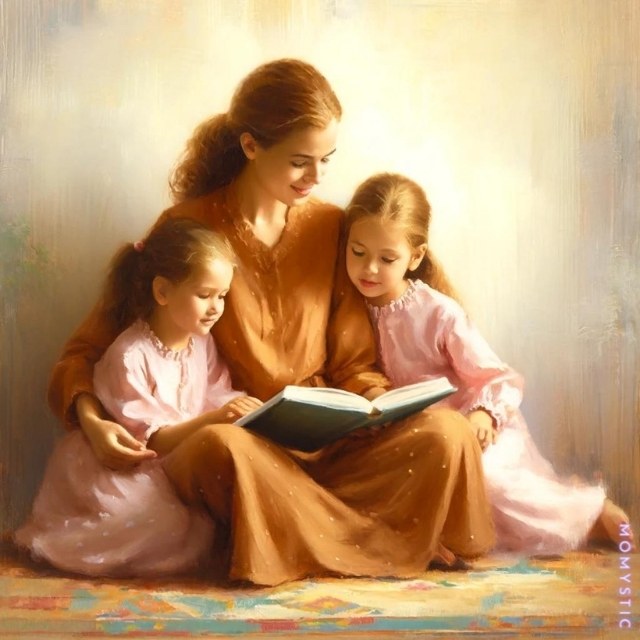
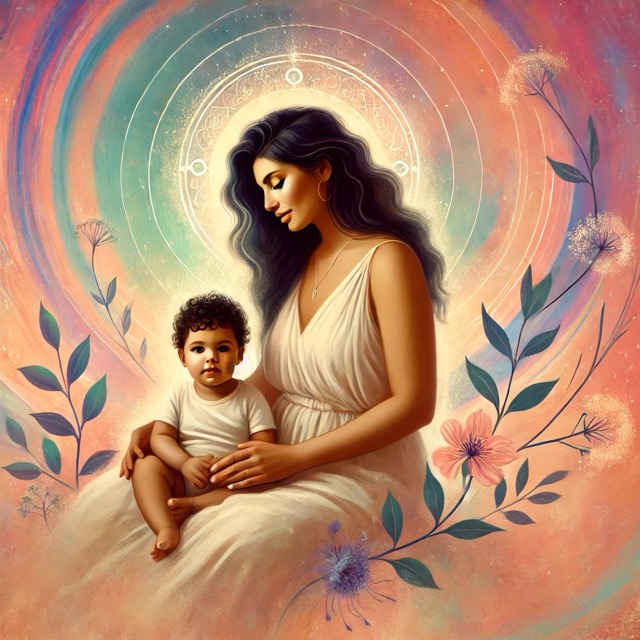
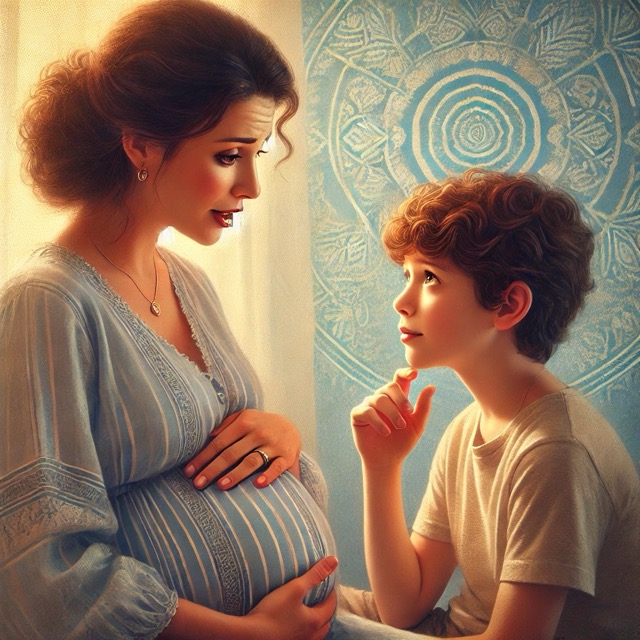
We’d love to hear your thoughts! What first drew you to witchcraft or mystical practices? Do you feel that modern media or recent social movements have impacted how you see witchcraft today? Share your experiences with Wiccan practices, rituals, or everyday “witchy” routines that bring you empowerment or healing. Let’s start a conversation about how these practices are reshaping spirituality for Millennials and Gen Z.